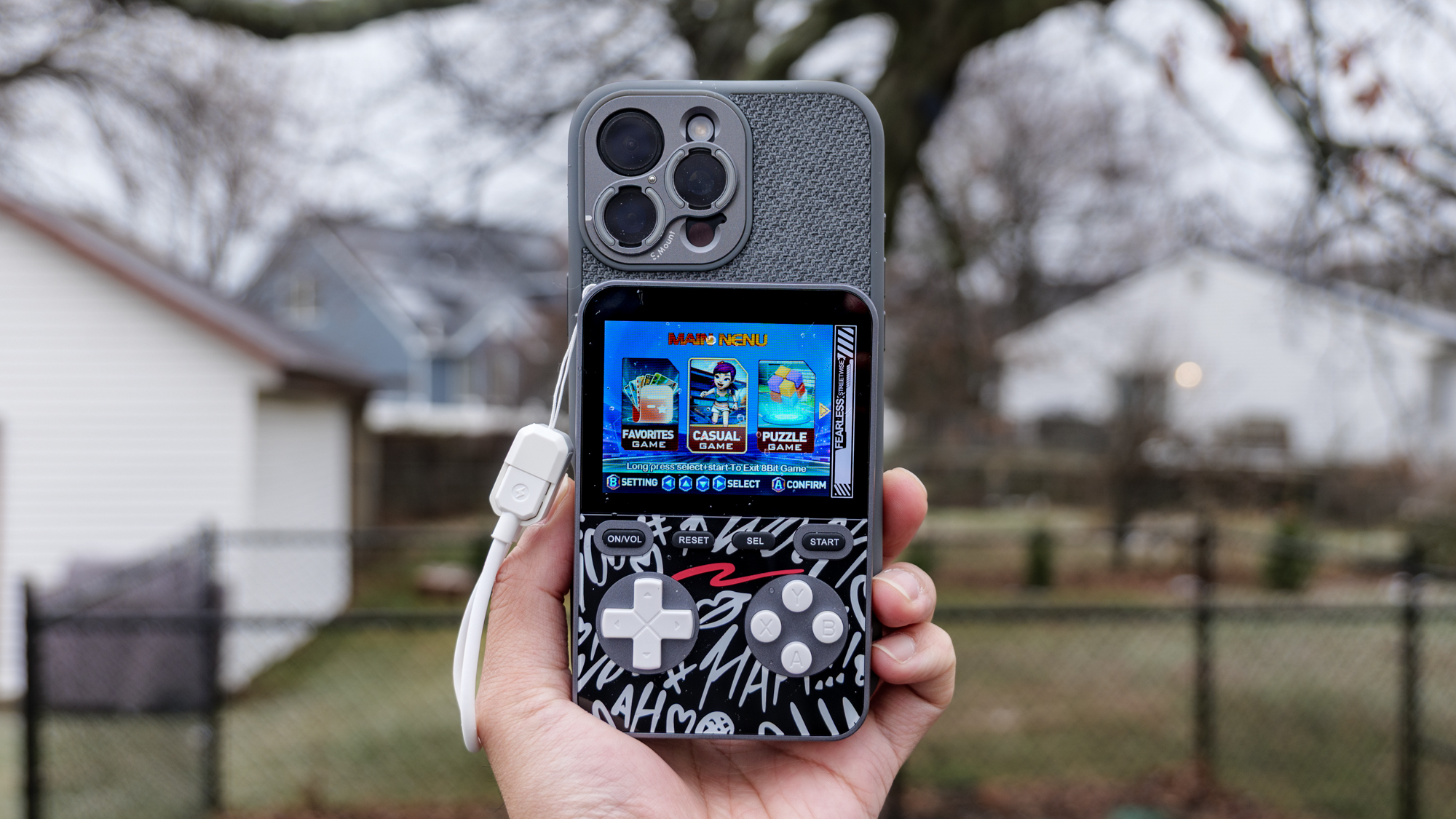I’d never flown a drone until the Antigravity A1 but look at what I could shoot after only five minutes
Zero to hero in a few minutes, all thanks to 360
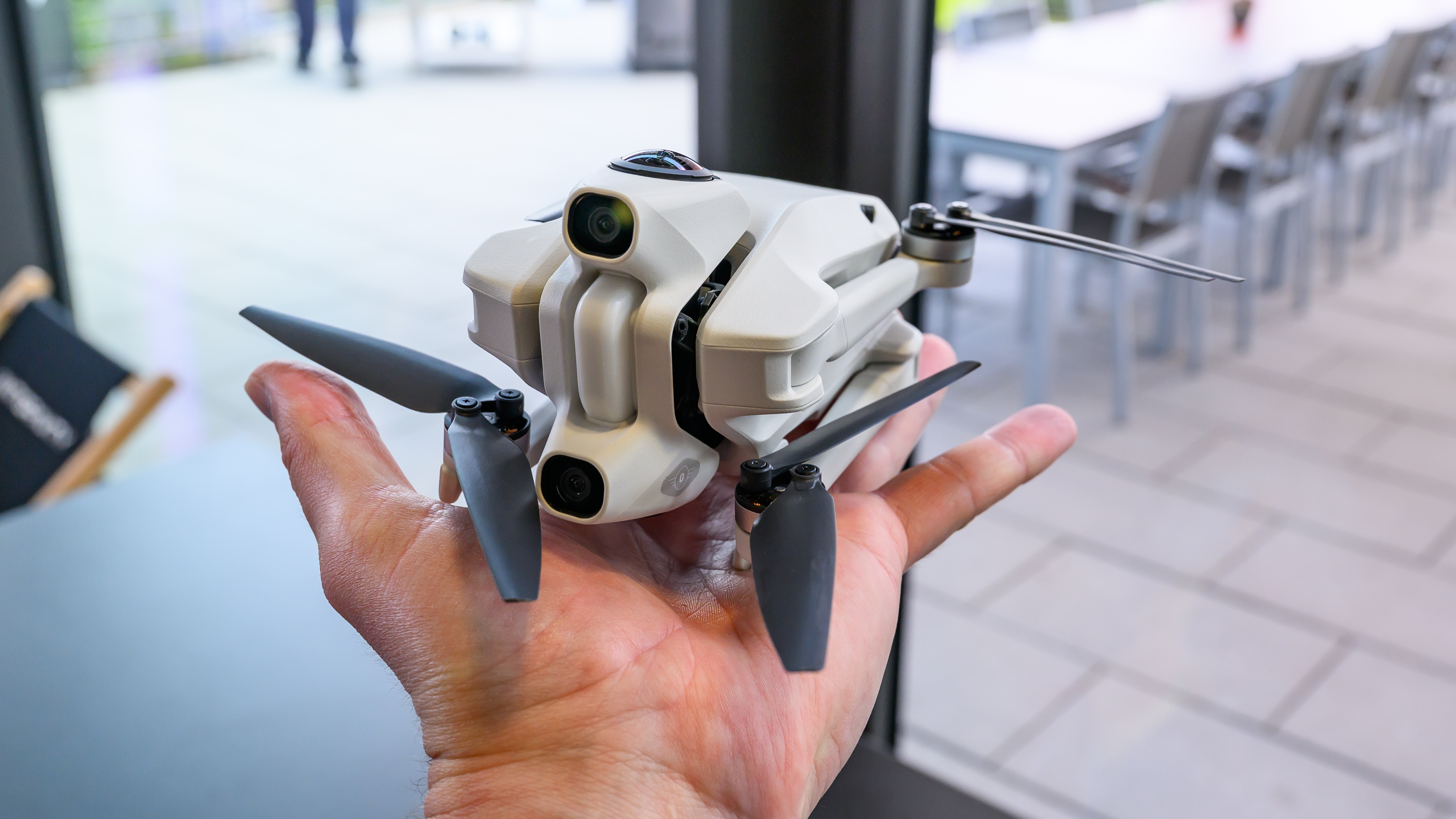
When I was invited to test out the Antigravity A1 360-degree drone in Germany a few months back, I was more than a little apprehensive. Sure, I was excited to go and test the A1. After all, this isn’t just a brand new drone, but a brand new concept — putting the 360-degree cameras from the formidable Insta360 X5 into a consumer drone.
The thing is, I’d never flown a drone before the A1. Literally not a single one.
Thankfully, the Antigravity A1 is designed to be as easy to use as drones get. Anyone should be able to pick up this tiny drone and come away with slick looking footage, comparable to video shot by experienced pilots using the best drones. Here’s what happened after I went hands-on with the Antigravity A1 for the first time.
Antigravity A1 hands-on: What is it?
First up, a very quick explainer for those not in the know. The A1 is the first drone from a new brand, Antigravity. It’s set to launch in January 2026, although we got hands on with working R&D units that seemed to be most of the way towards fully developed.
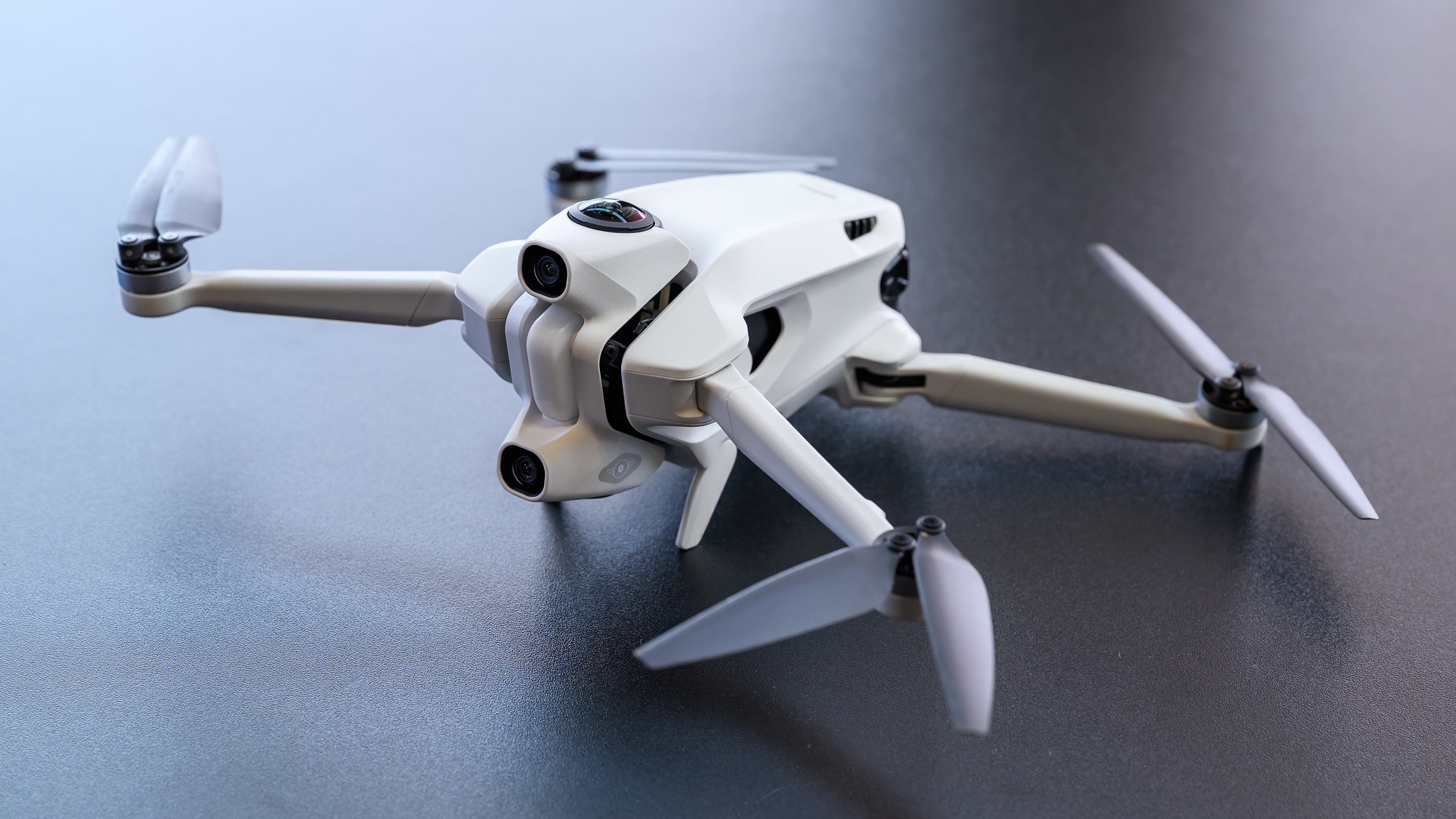
Antigravity is a spun-off sub-brand of Insta360, and as such the drone uses Insta360’s camera tech. Specifically, it uses the 360-degree camera system from the Insta360 X5. Insta360 is marketing Antigravity as a wholly separate entity "incubated by Insta360", but make no mistake, this is a sub-brand — most of the staff at the test event were borrowed from Insta360.
360-degree cameras record a full 360 field of view (FoV) all at once. This gives you lots of flexibility with framing and position. You don’t need to be pointing the drone camera directly at a subject; you just need to be near it and can line up your footage later in post. The frontal lenses are only there for object avoidance, while the 360 cameras sit on the top and bottom of the drone.
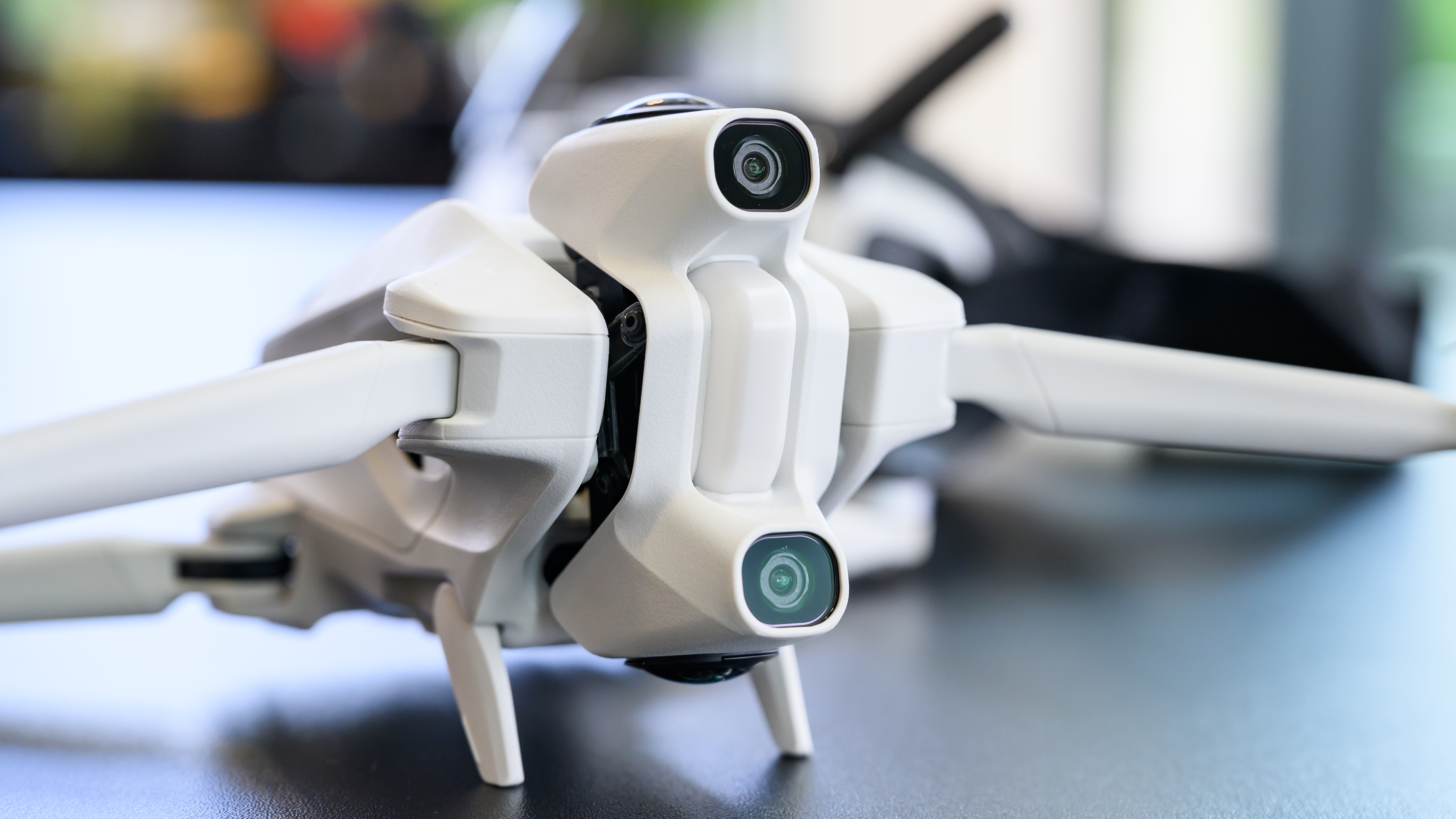
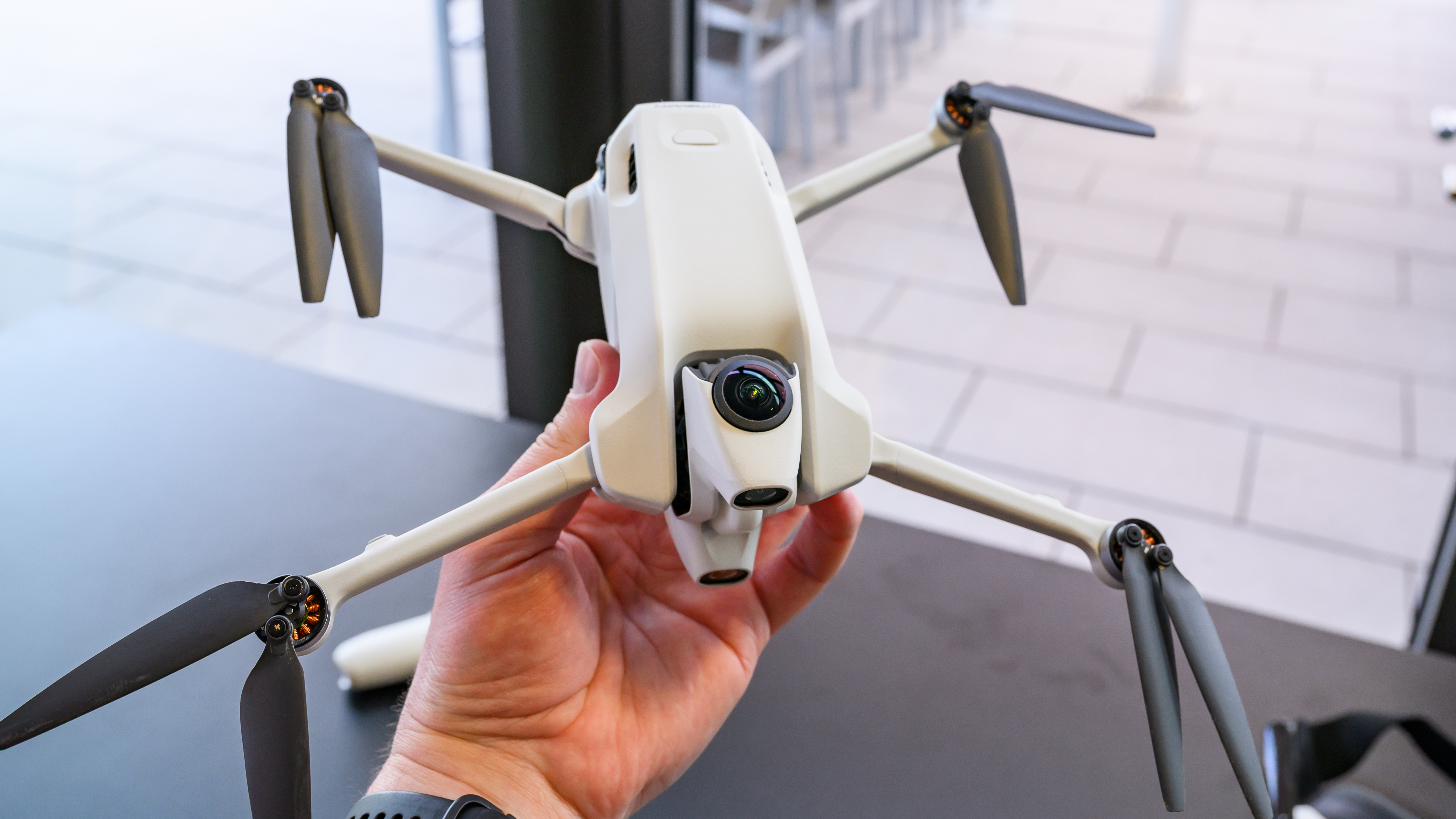
Like the X5, the A1 shoots in 8K, allowing a 16:9 reframed resolution of 4K. It will weigh under 249g when it launches, meaning you won’t need FAA registration in the U.S. (or registration with similar regulatory bodies in other countries).
Get instant access to breaking news, the hottest reviews, great deals and helpful tips.
The production model will feature return to home and payload detection, although take-off payload figures haven't yet been confirmed. Nothing has been confirmed in regards to battery life, nor whether the drone can be operated without the headset.
Given the A1 borrows so much tech from the X5, it's reasonable to assume it will use the same pair of 1/1.28-inch sensors, which delivered strong low light performance in the X5's testing. But again, Antigravity hasn't divulged that technical info yet.
It would also be great to see the X5's replaceable lenses reused in the A1, as the bottom lens in particular could be liable to damage while landing. No word on that, either.
We’ve given a full rundown of the drone’s features (confirmed so far) in our Antigravity A1 launch coverage article.
Antigravity A1 hands-on: What is it like to use?
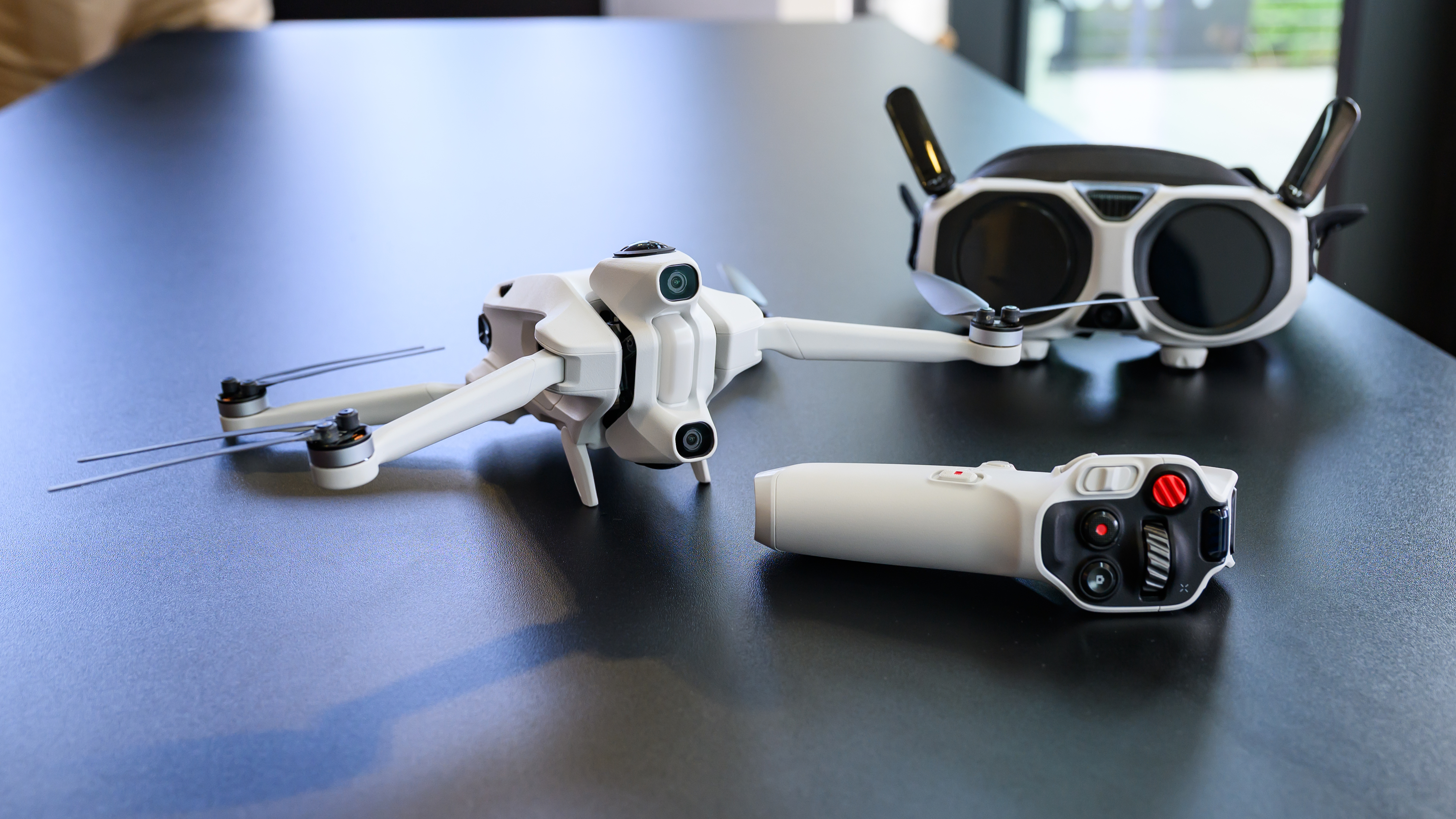
In short, incredibly easy. I was a total first-timer before using the A1, and I was flying confidently via the headset and controller in under a minute. Below you can see what I shot after a couple of minutes (with manual reframing in post).
Thanks to the 360-degree footage, I didn’t actually need to be that accurate with drone placement. I simply flew in the center of the race track and then did all of the framing later on in post production. My first attempt with the software was a bit ropey, as you can see below.
However, I then used some of the companion software’s subject detection and automatic reframing, and came away with the footage below, which I’m much happier with (and I added in some Tiny Planet effects at the end just for fun, because I love that mode). All of this was shot within the first few minutes of a 7-minute flight.
The A1 makes it incredibly easy to get awesome looking chase footage without the piloting skills you’d need to get similar footage on a traditional fixed FoV lens drone. I managed to shoot the video above with no experience at all — imagine what you could do with a bit of practice? For consumers, newbies and content creators, the A1 could be a game-changer, allowing them to shoot professional-tier footage much more easily than when using a traditional drone.
I can’t see a way back from 360 drones now. The most important question is, how will DJI respond? We'll have to wait and see, but with the launch of the DJI Osmo 360, Insta360's rival has finally step foot in the 360 arena. It's only a matter of time before that tech makes it's way into DJI's drones.
Antigravity A1 hands-on: Accessories
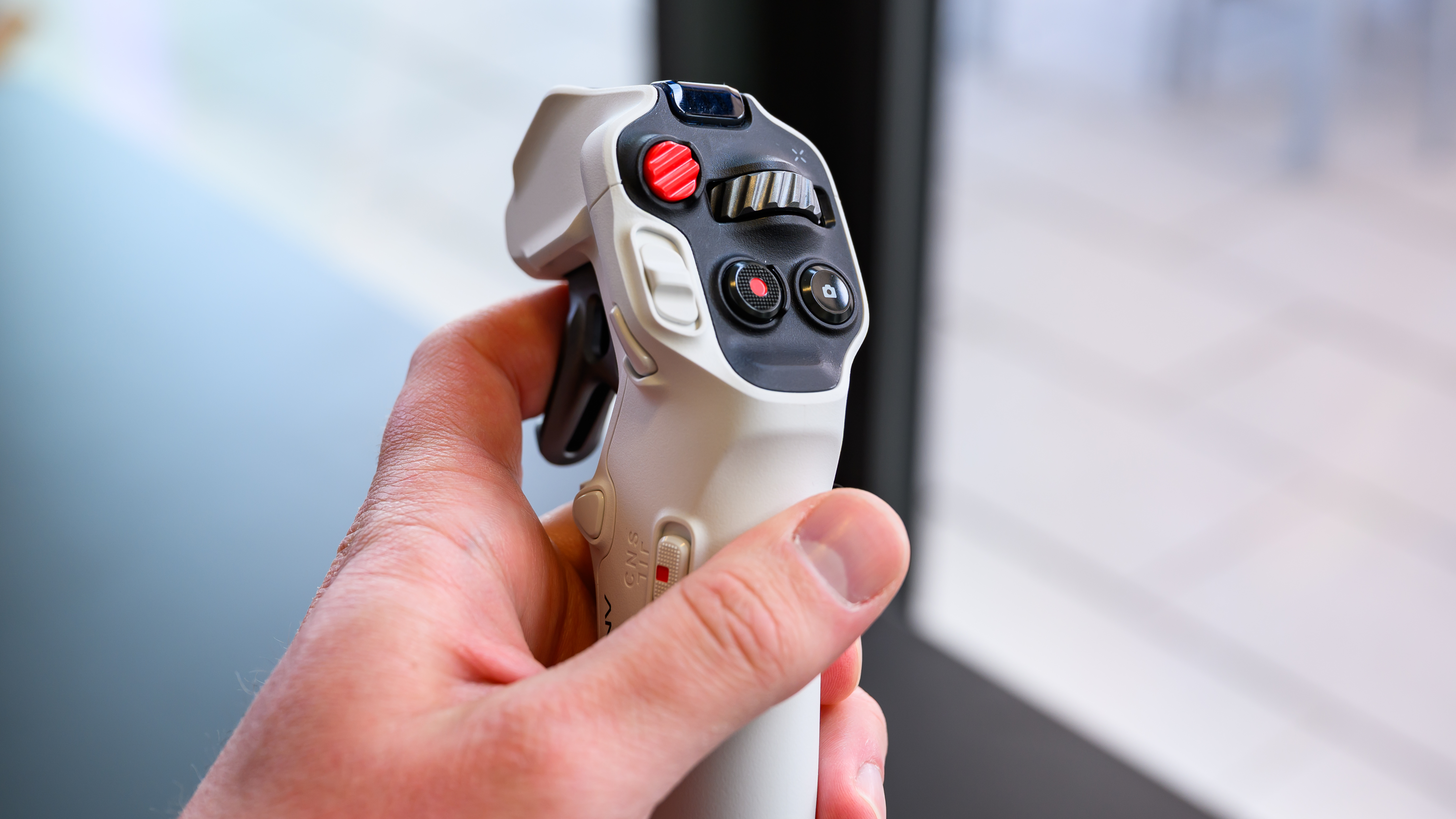
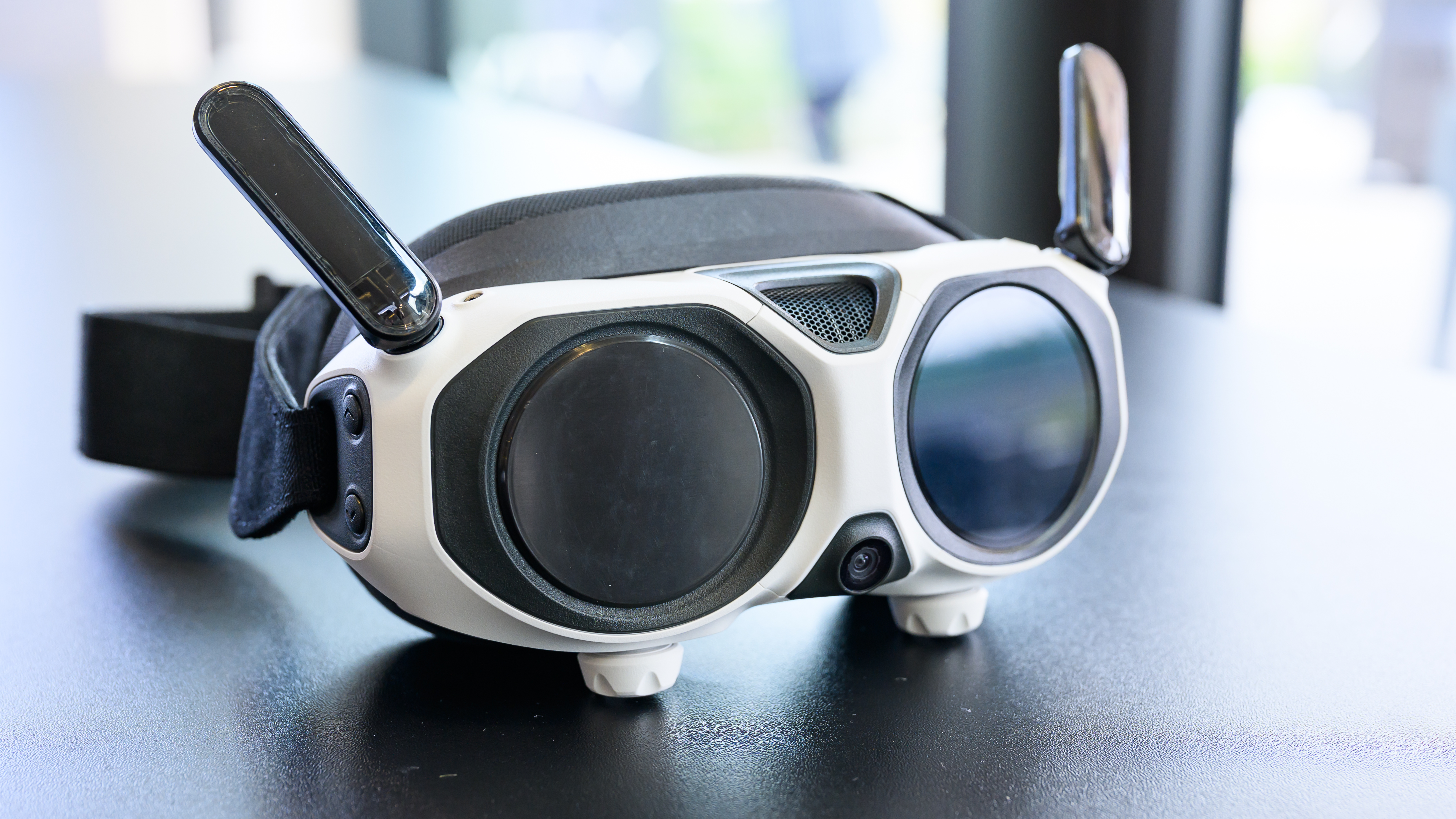

The A1 uses a handheld controller, which took a bit of getting used to but was fairly intuitive, featuring a trigger for throttle-forward, a jog wheel for rotating and a slider for ascending/descending.
It also requires a headset, which is extremely immersive as it effectively puts you in the air with the drone. Thanks to the 360-degree cameras, you can fly up into the sky and look around in full 360-degrees. It’s pretty awesome. Lifting off the ground for the first time and looking down put butterflies in my stomach.
Your field of view is also where the drone will head when flying, which I found very intuitive for piloting. There's no news yet as to whether you'll be able to fly without the headset using a smartphone app for controlling your FoV.
The headset also features OLED displays in the front so those around you can see what you see, although these weren't working in the pre-production model I tested.
Antigravity A1 hands-on: What software does it use?

The Antigravity A1 will use similar reframing software to Insta360 products, which use the Insta360 Studio desktop app and Insta360 mobile app. In fact, to edit the test footage above, I used jerry-rigged Insta360 Studio beta software.
You can expect bespoke Antigravity-branded desktop and mobile applications, but they shouldn't differ much from the Insta360 versions they'll be based on. That's great, as Insta360's software is super easy to use, even if you aren't familiar, and comes with handy automatic (supposedly "AI") features like the subject detection/tracking I used in the second video above.
Antigravity A1 hands-on: What's next?
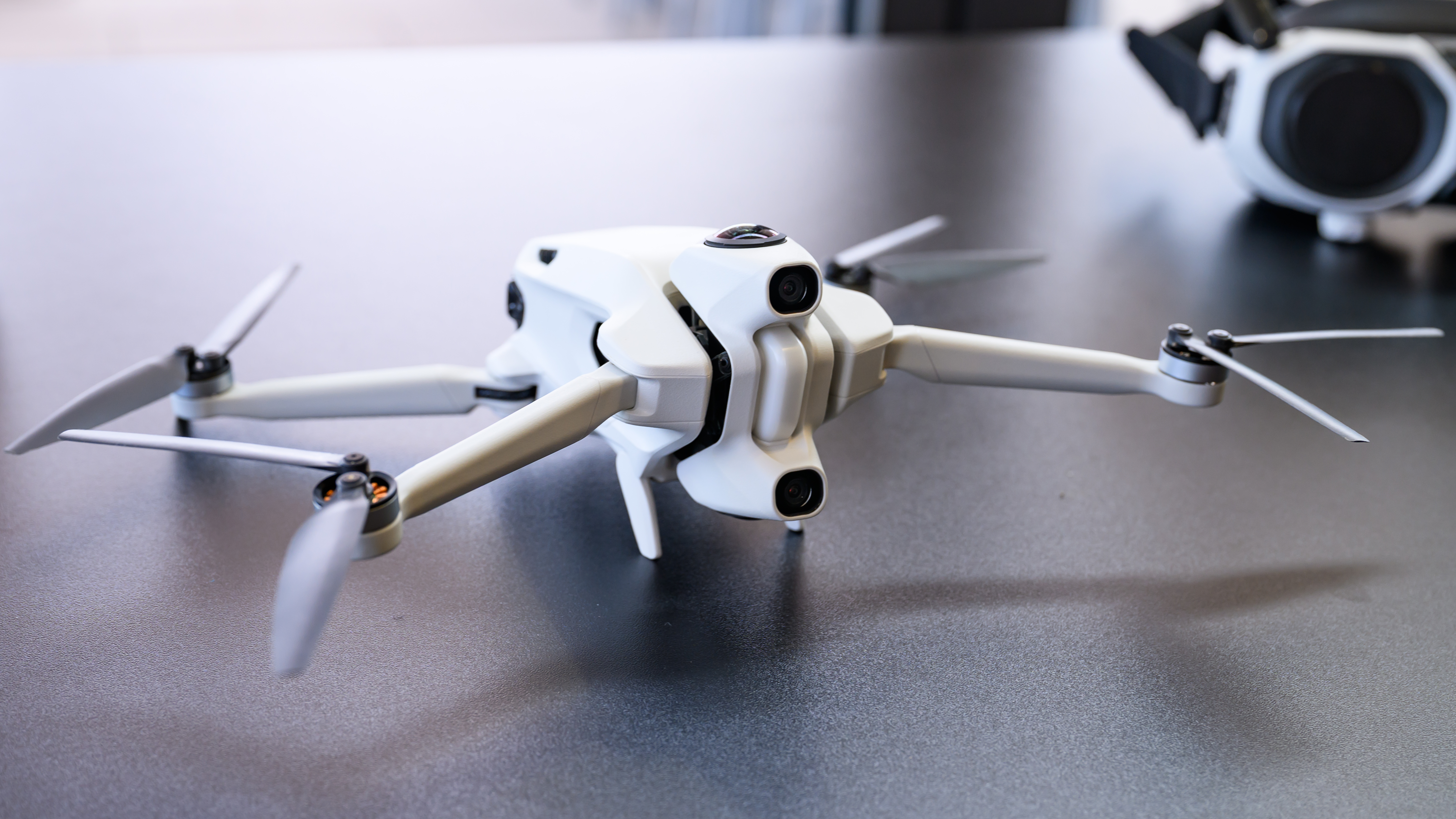
The Antigravity A1 is slated to launch in early 2026. However, we’re expecting to be able to test and review a production model before then. Hopefully later this year. The units we’ve tested are pre-production units, which is why we can’t confirm more tech specs right now. As soon as we know more about the details, we’ll cover them.
We're also very eager to see how DJI responds to this. After all, DJI made its first step into the 360 camera market recently, with the launch of the Osmo 360. I said at the time that DJI's decision to do so was likely with a greater ambition in mind, to bring 360 cameras into its bread-and-butter drones lineup — looks like that was indeed the case.
Regardless, it looks as though we're about to witness an arms race between the two Chinese camera giants. And that the consumer drones market is set to get very interesting, very soon.
Follow Tom's Guide on Google News to get our up-to-date news, how-tos, and reviews in your feeds. Make sure to click the Follow button.
More from Tom's Guide
- I test drones for a living — and Insta360’s Antigravity needs to do these 3 things to beat DJI
- DJI unveils the Osmo 360: this could be a game changer for 360 cameras and drones
- The best 360 cameras in 2025

Peter is a Senior Editor at Tom's Guide, heading up the site's Reviews team and Cameras section. As a writer, he covers topics including tech, photography, gaming, hardware, motoring and food & drink. Outside of work, he's an avid photographer, specialising in architectural and portrait photography. When he's not snapping away on his beloved Fujifilm camera, he can usually be found telling everyone about his greyhounds, riding his motorcycle, squeezing as many FPS as possible out of PC games, and perfecting his espresso shots.
You must confirm your public display name before commenting
Please logout and then login again, you will then be prompted to enter your display name.


